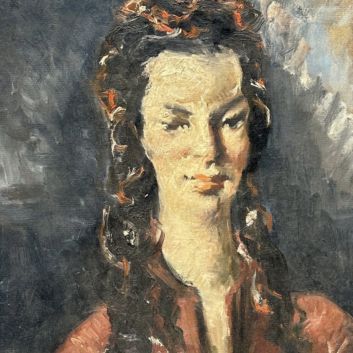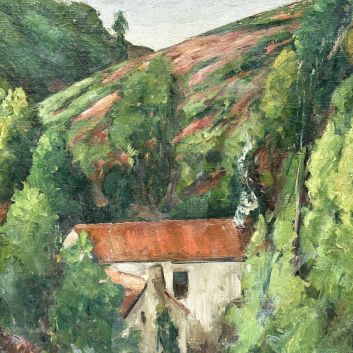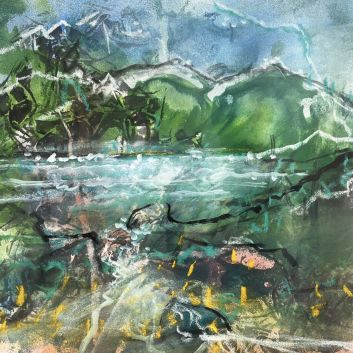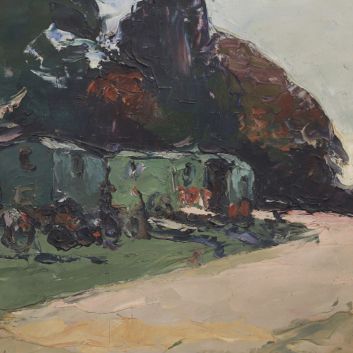Rating and value of paintings by Fritz Schwarz-Waldegg
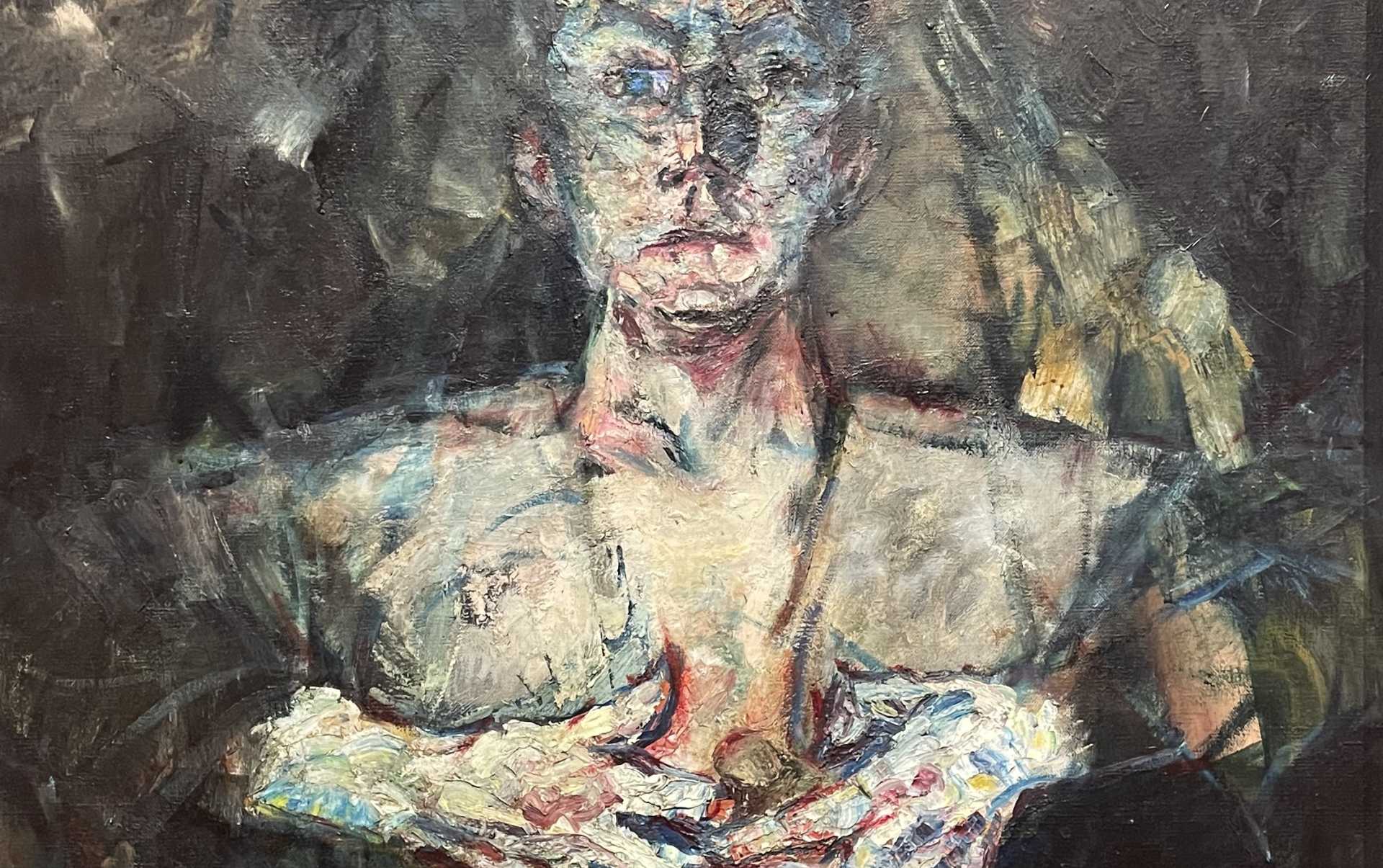
If you own a work by or based on the artist Fritz Scwarz-Waldegg and would like to know its value, our state-approved experts and auctioneers will be happy to advise you.
Our specialists will carry out a free appraisal of your work, and provide you with a precise estimate of its current market value.
Then, if you want to sell your work, we'll point you in the right direction to get the best possible price for it.
Artist's rating and value
Fritz Schwarz-Waldegg's value on the art market is extremely high. His most prized works are his expressionist canvases, whether portraits or landscapes.
The artist is particularly sought-after among 20th-century Austrian painters and draughtsmen. Schwarz-Waldeeg's works sell for between €100 and €10,000 at auction.
In 2012, his painting Stadt in der Provence (oil on canvas), dating from 1929, sold for €10,000, compared with an estimate of between €1,800 and €2,200.
Order of value from the most basic to the most prestigious
Technique used | Results |
|---|---|
Print - multiple | From €100 to €200 |
Drawing - watercolor | From €160 to €4,000 |
Paint | From €600 to €10,000 |
Response in less than 24h
Style and technique by Fritz Schwarz-Waldegg
Fritz Schwarz-Waldegg, an Austrian artist with a singular aesthetic, developed a technique that reflected the tensions and questionings of his time. Born in Vienna, he was influenced by the artistic climate of the Vienna Secession, but quickly forged his own distinct style.
His works are marked by a palette dominated by contrasting colors: deep greens, intense reds and bright ochres, which infuse his compositions with a vibrant energy.
Schwarz-Waldegg doesn't just depict familiar scenes: he seeks to reveal the hidden souls of his subjects. His portraits, in particular, present figures of a strange intensity, frozen in rigid postures, almost frozen by unusual lighting.
The light accentuates the features of the faces, giving them a poetic yet unsettling quality, as if each line were charged with a hidden meaning. The shapes, often geometric and stylized, evoke a search for balance and symmetry, while at the same time hinting at a certain melancholy.
Contours are precisely defined, and each line seems weighed, clearly delineating elements in a way that evokes the techniques of graphic design. Schwarz-Waldegg explores the tension between realism and abstraction, creating works that seem both familiar and enigmatic.
Colors are not there to flatter the eye: they serve to mark breaks, visual shocks that capture attention and guide the eye towards the essential.
The precise, meticulous brushstrokes reflect an attention to detail that contrasts with the emotional intensity of her subjects. Each gesture reveals a technical mastery that makes no attempt to conceal the depth of her emotions.
Like Egon Schiele, Schwarz-Waldegg prefers the exploration of complex facets of the human soul to aesthetic idealization. His compositions, often dominated by isolated figures in sober settings, suggest a sense of introspection or isolation, reinforced by uncluttered backgrounds or geometric motifs.
Schwarz-Waldegg's style is marked by a constant search for harmony in dissonance. His works, vibrant with contrast, capture a tension between calm and agitation, between clarity of form and depth of emotion.
Using a masterful technique, he explores human vulnerability and the contradictions of a changing age. His canvases, imbued with a discreet theatricality, bear witness to a quest for meaning, where the artist acts as witness and interpreter of the concerns and aspirations of his time.


Franz Schwarz-Waldegg, painter of melancholy and introspection
Franz Schwarz-Waldegg (1889-1942) was a twentieth-century Austrian painter and a leading figure on the Viennese scene, whose work is characterized by a sensitive, poetic exploration of the human mood.
Born in Vienna, he began his artistic training at a very early age at the Academy of Fine Arts, where he honed a style that combines technical precision and emotional research.
Deeply influenced by the artistic currents of his time, Schwarz-Waldegg quickly developed a personal pictorial language, marked by meticulous attention to detail and an atmosphere often imbued with mystery.
The artist stands out for her restrained approach, in which light and composition play a central role. Her canvases, often bathed in soft, diffused light, capture moments of silent contemplation.
Schwarz-Waldegg rejects academic conventions to reveal, through his portraits, a complex and vulnerable humanity. Her works are characterized by fine lines and soothing colors, which aim to highlight not the raw reality, but the interiority of her subjects.
His portraits, whether of anonymous figures or Viennese celebrities, are marked by a psychological depth that seems to suspend time.
Schwarz-Waldegg seeks to capture the soul of her models, using discreet hues and subtle brushstrokes to convey delicate emotions. Each canvas becomes an intimate encounter between artist and subject, a plunge into the human soul, tinged with a certain melancholy.
Franz Schwarz-Waldegg is driven by a contemplative vision of the human condition, with introspection, solitude and silence at the heart of his recurring themes.
Like some of his contemporaries, he is not content to paint appearances, but aspires to reveal deep, often hidden feelings.
His portraits are more than mere representations: they are windows onto inner worlds, where soft light and delicate shadows aptly express the fragility and beauty of the human soul.
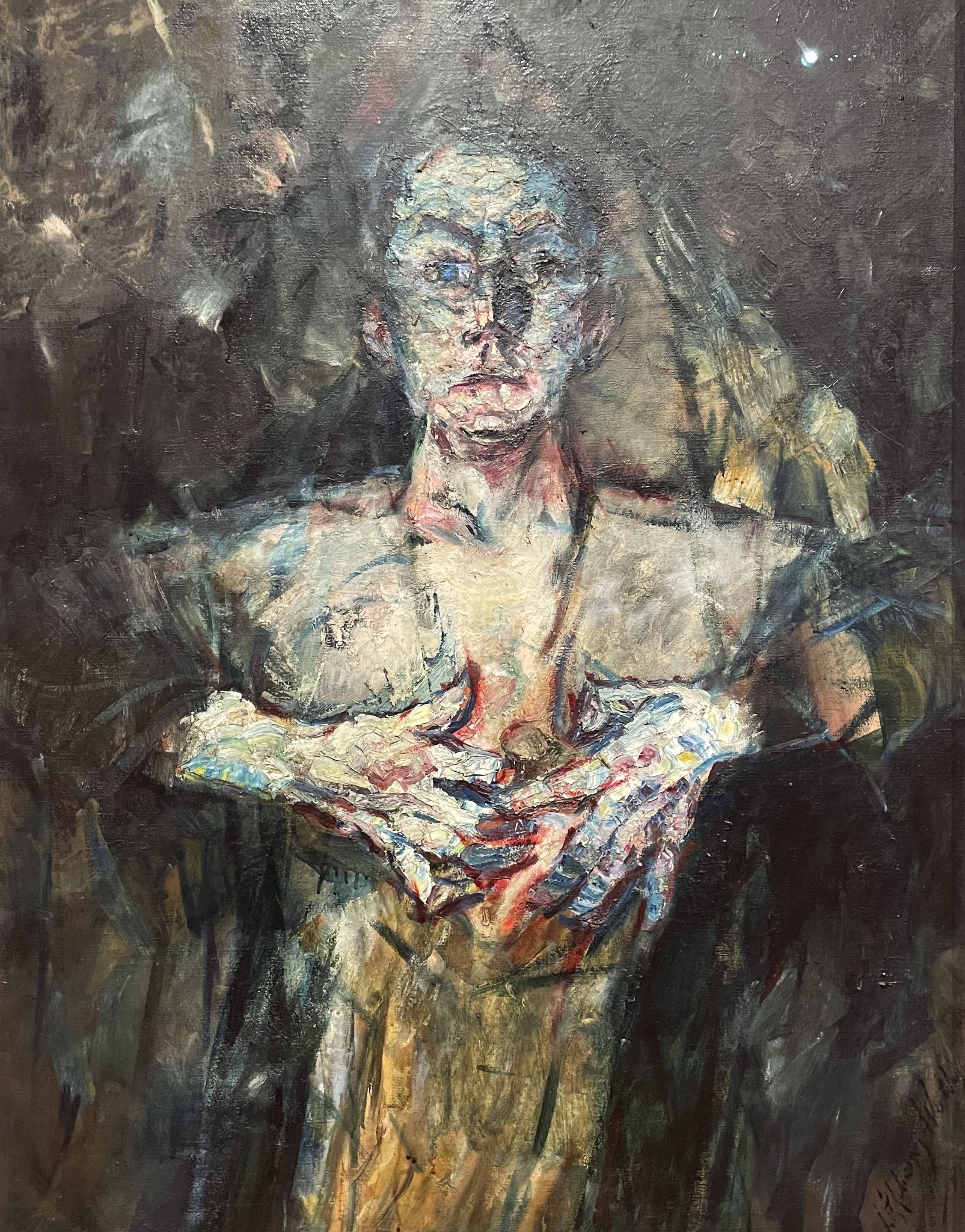
Franz Schwarz-Waldegg's imprint on his era
Franz Schwarz-Waldegg's delicate, introspective work is part of an artistic quest in which sensitivity and contemplation take precedence over spectacular effect.
By bringing a nuanced and poetic vision of the human condition, he joins artists such as Oskar Kokoschka, Max Oppenheimer and even Georges Rouaultwith whom he shares a fascination for the inner complexity of his models and a quest for authenticity.
His canvases, imbued with a rare serenity, mark a break with the tumult of Expressionism, preferring a more subtle, meditative approach. By choosing restraint rather than excess, Schwarz-Waldegg imposes a style that favors interiority and introspection. His painting, a blend of Viennese classicism and impressionist touches, captures the suspended moment, the changing light, and reminds us of the fragile beauty of the present moment. He invites us to pause and reflect on human nature, where the softness of the colors contrasts with the depth of the gaze, revealing a gentle, yet tenacious melancholy.
Focus on Denomitation (circa 1920), Fritz Schwarz-Waldegg
Fritz Schwarz-Waldegg's painting Denomination plunges us into a mysterious, emotionally-charged universe.
At first glance, the work seems bathed in an atmosphere that is both sacred and intriguing, where the tension between light and shadow plays a central role. The artist has succeeded in capturing a scene that goes beyond mere representation: it becomes almost a frozen ritual, imbued with a silent gravity.
The color palette, dominated by shades of brown, deep blue and touches of gold, creates a visual harmony where each hue seems to dialogue with the light.
The light filters in subtly and dramatically, highlighting the faces and expressions of the characters, immersed in a kind of contemplation. The play of shadows accentuates the lines of the bodies, giving the whole an almost theatrical aura, as if we were witnessing a moment suspended in time.
The center of the composition irresistibly draws the eye: an outstretched, hesitant hand seems to point to a figure, while the other figures, standing back, observe with palpable gravity.
Schwarz-Waldegg captures the intensity of a forthcoming decision or revelation, playing on unspoken words and glances, creating a latent tension that pervades the entire scene.
The arrangement of the characters in a tight circle evokes the notion of community and intimacy, but also hints at the weight of expectations and judgments.
With Denomination, Fritz Schwarz-Waldegg does not seek to impose a precise interpretation: he opens up a space of questioning and emotion, where every detail, every expression becomes a bearer of meaning. The painting, in its depth and intensity, invites us to plunge into the heart of the human condition, with its choices, doubts and mysteries.
His signature
Although there are variations, here is a first example of its signature:
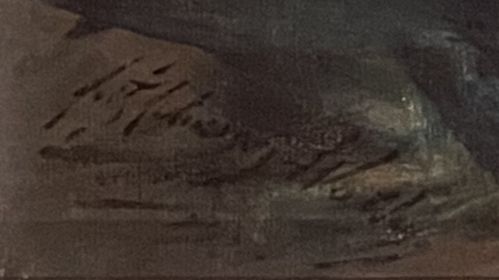
Appraising your property
If you happen to own a painting by or after Fritz Schwarz-Waldegg, please feel free to ask for a free estimate by filling in our form on our website.
A member of our team of experts and certified auctioneers will contact you promptly to provide you with an estimate of the value of your work, as well as any relevant information about it.
If you're thinking of selling your work of art, our specialists can also help you find alternatives to sell it at the best possible price, taking into account the market's inclinations and specificities.
Response in less than 24h
Related topics

Rating and value of paintings by Jean-Paul...
Jean-Paul Riopelle is a 20th-century Surrealist painter whose works are highly regarded and quoted on the auction market.
Read more >

Cote et valeur des tableaux, dessins, peintures de Gustave L...
Gustave Loiseau is a twentieth-century postimpressionist painter whose works are highly prized at auction.
Read more >
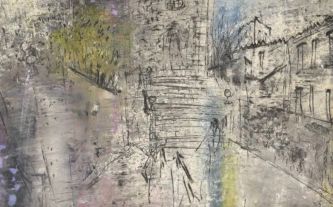
Rating and value of paintings by Félix Var...
Félix Varla is a painter close to the Nouveau Réalisme movement. He has produced many works that are highly valued at auction.
Read more >
Secure site, anonymity preserved
State-approved auctioneer and expert
Free, certified estimates


